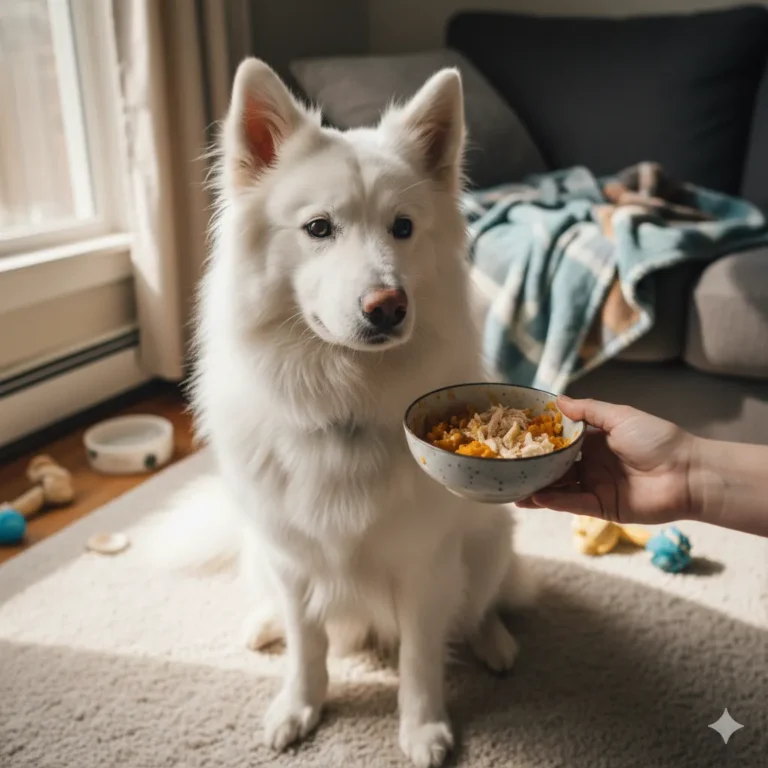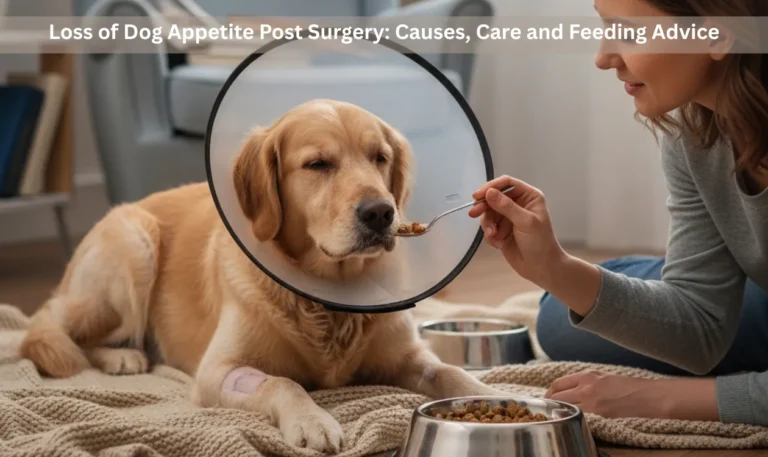Can I Carry My Dog After Being Spayed? A Complete Recovery Guide
Spaying is a routine surgery, but recovery care plays a huge role in keeping your dog safe and comfortable. Many pet owners ask, “Can I carry my dog after being spayed?” The answer depends on size, handling method, and your dog’s healing stage. This guide explains when it’s safe, how to lift properly, and what to avoid.
Understanding the Recovery Period
After a spay surgery, your dog will likely feel tired, drowsy, or wobbly due to anesthesia. The first 24–48 hours are the most delicate. Most dogs return to normal energy within a few days, but internal healing takes about 10–14 days. During this period, activity must be restricted to prevent complications.
Can I Carry My Dog After Being Spayed?

Yes, you can carry your dog after spay surgery, but only if it’s necessary and done carefully.
- Small dogs: Carrying is often safe, especially for stairs or getting into the car.
- Large dogs: Lifting is not recommended. Instead, guide them gently with a leash or use a ramp.
- Key rule: Always support both the chest and hindquarters to avoid pressure on the incision.
Avoid unnecessary lifting. If your dog is comfortable walking on a leash indoors, let her walk instead of being carried.
Activity Restrictions Post-Surgery
Veterinarians stress the importance of limited activity after spaying.
- No running, jumping, or climbing stairs for at least 10–14 days.
- Carrying your dog can help prevent these risky movements.
- Gentle leash walking for potty breaks is usually fine.
- Avoid letting your dog jump off furniture or play roughly.
Signs Your Dog Needs Assistance
Carrying your dog isn’t always necessary, but these signs mean she may need extra help:

- Difficulty climbing stairs or getting into the car.
- Loss of balance due to lingering anesthesia effects.
- Refusing to move because of pain or discomfort.
- Small breeds that tire easily during short walks.
Safe Handling Tips
If you need to carry your dog after being spayed, proper technique is critical.
- Small dogs: Place one arm under the chest, the other supporting the hind legs.
- Medium dogs: Lift with both arms supporting chest and rear; avoid twisting.
- Large dogs: Use a sling, ramp, or supportive harness instead of lifting.
- Always keep the incision area free from direct pressure.
Risks of Improper Handling
Lifting your dog incorrectly can cause more harm than good. Potential risks include:
- Pulling or tearing the incision.
- Increased pain or whining when pressure is placed near the surgery site.
- Swelling, bruising, or bleeding from the incision area.
General Care After Spay Surgery
Carrying is just one part of recovery. Other essentials include:
- Incision care: Keep it clean and dry, no baths or swimming until healed.
- Rest: Provide a quiet, comfortable indoor space with soft bedding.
- E-collar use: Prevents licking or chewing at stitches.
- Feeding: Offer small, light meals first; appetite usually returns in 24 hours.
- Check daily: Look for swelling, redness, or discharge at the incision site.
When to Call the Vet
Call your vet immediately if you notice:
- Pain when being lifted or carried.
- Severe swelling, discharge, or odor at the incision.
- Lethargy that doesn’t improve after a day.
- Loss of appetite for more than 24 hours.
- Vomiting, diarrhea, or refusal to drink water.
FAQs
How long after spay surgery can I carry my dog?
You can carry your dog right away if needed, but handle her gently. Use proper support to avoid pressure on the incision.
Can carrying hurt the incision?
Yes, if your dog isn’t supported correctly, lifting can strain or reopen the incision. Always lift with both chest and hind legs supported.
What’s the safest way to lift a dog after spay?
Place one arm under the chest and the other under the back legs. For large dogs, use a ramp or sling instead.
Should large dogs ever be carried post-surgery?
No, lifting large dogs is risky. Use leash guidance, slings, or ramps for safe assistance.
How long should activity be restricted after spay?
Most vets recommend restricting activity for 10–14 days until stitches are removed and healing is confirmed.
Final Thoughts
Carrying your dog after being spayed is safe when done properly, especially for small breeds. The key is to support the body evenly and avoid unnecessary lifting. Always follow your vet’s advice, limit activity, and monitor the incision closely. With proper care, your dog will recover smoothly and comfortably.





